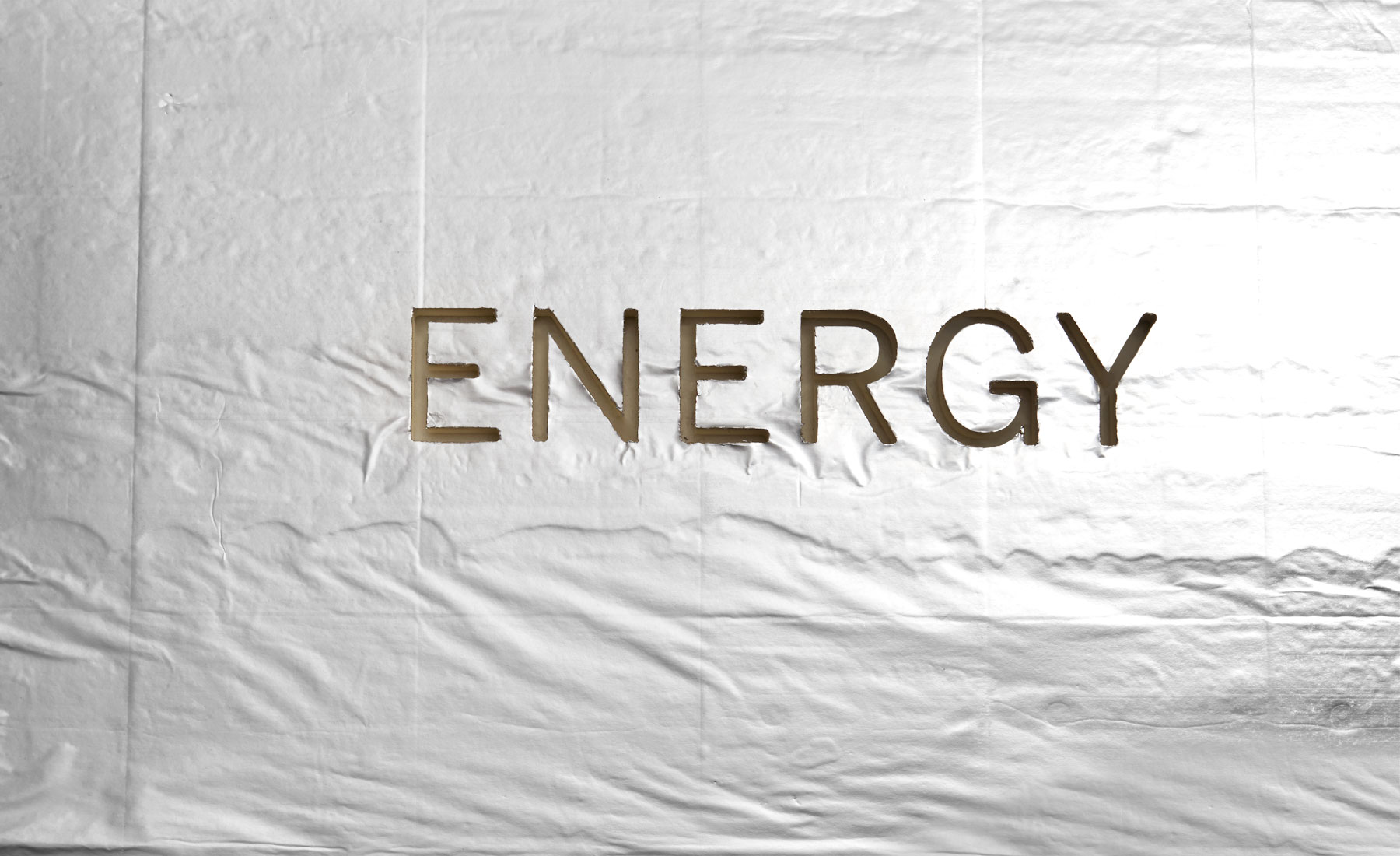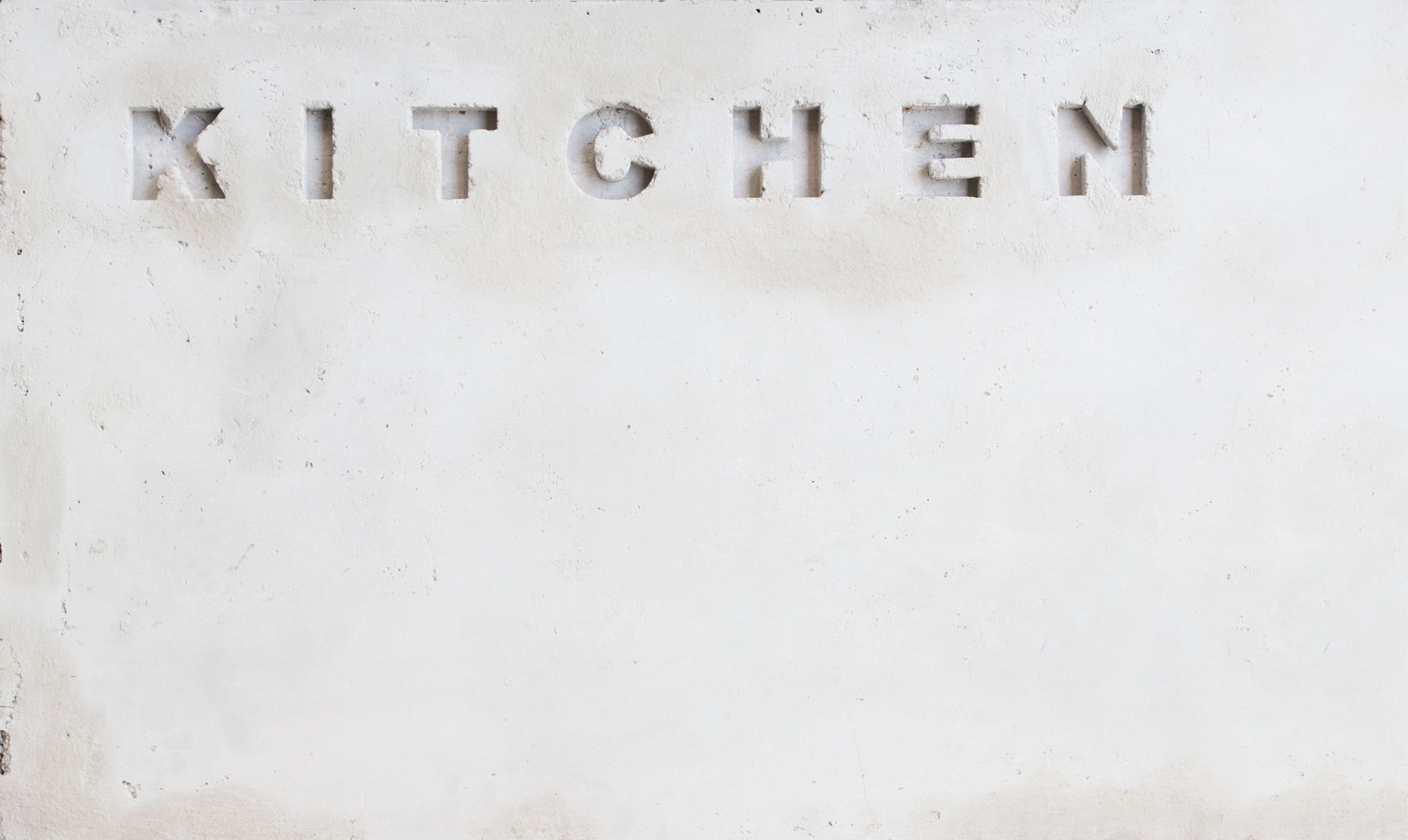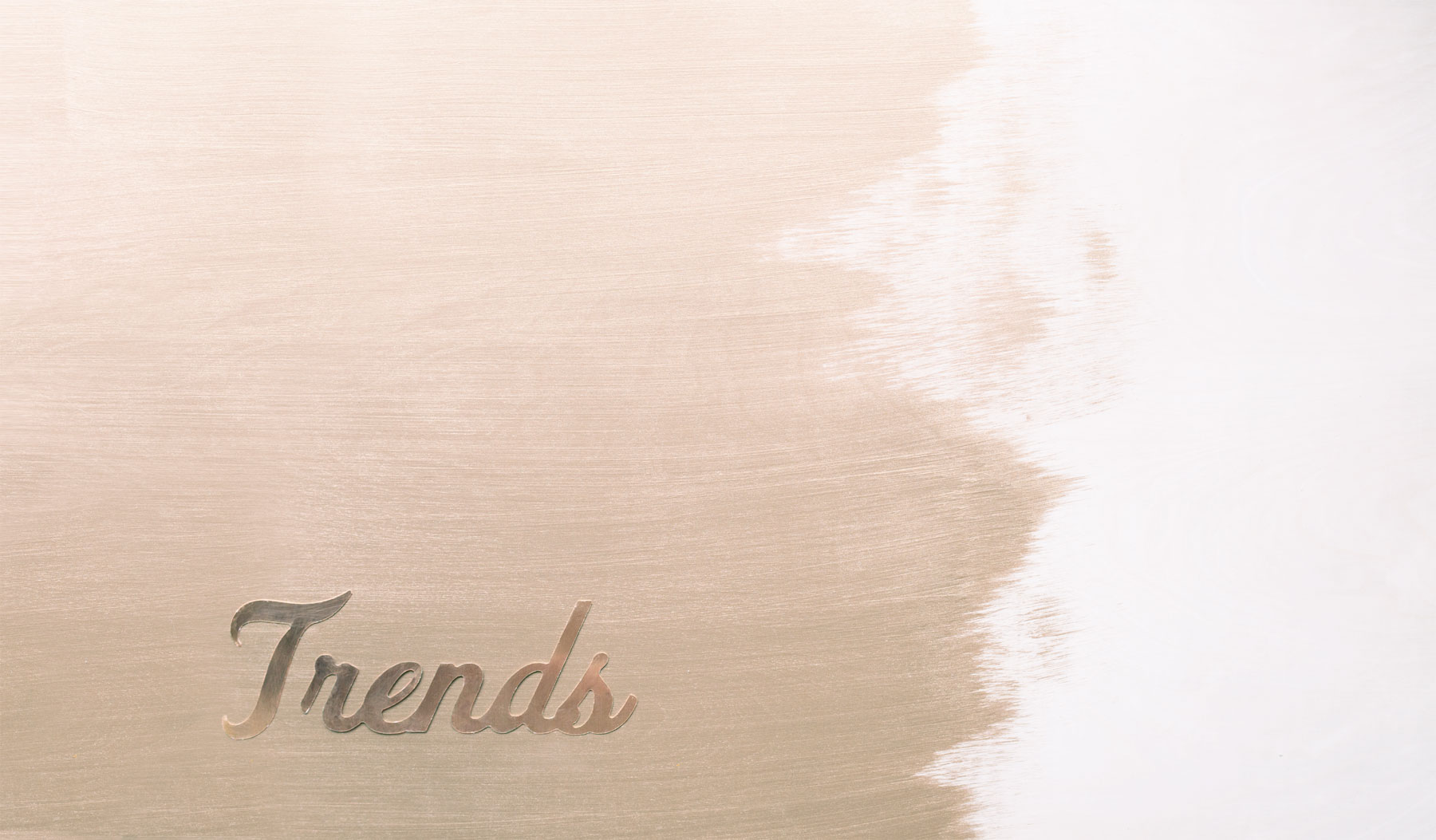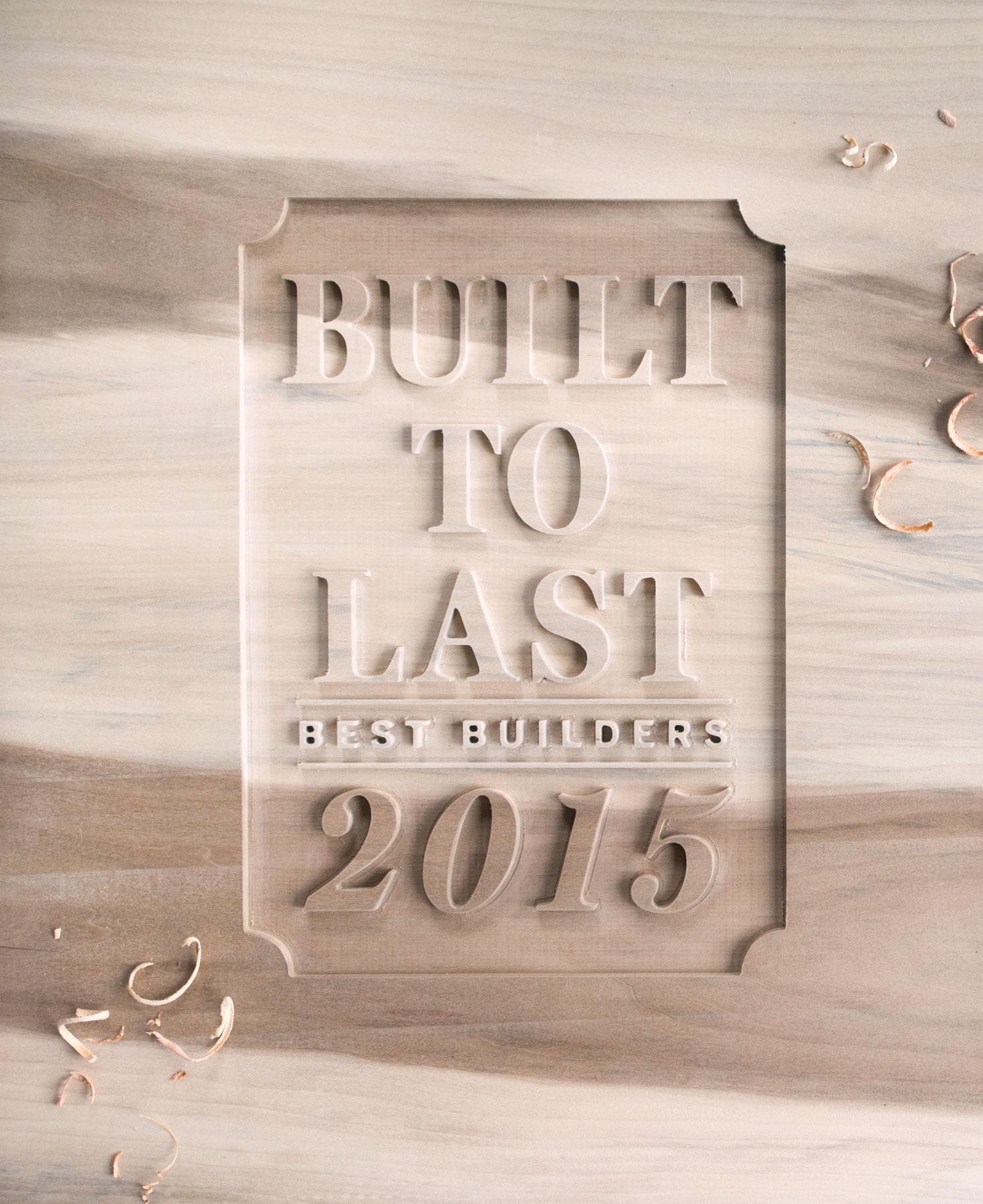It’s time. The quirks that once drew you to your 1930s bungalow are now filling you with hatred on a daily basis. The floor plan that was once “charming” is now suffocating. Let’s not even talk about your energy bills. You’re ready to take your house down to the studs and bring it into the 21st century or just cut your losses and start from scratch. Either way, you should begin your journey with a little information. We surveyed the 2015 Best Builders in Dallas to find out what’s happening in the world of custom home construction.

We surveyed the top builders in Dallas about what’s happening now. Let’s start with the basics.
THE CLIENT
Builders told us most people building homes today are either working professionals with kids or empty nesters. And despite the influx of folks from out of state, most business is coming from locals wanting bigger, better digs.
“About 75 percent are from Dallas, and they’re getting younger and younger—either that, or I’m getting older.” —Mark Hayes, Hayes Signature Homes
“Basically, they are Baby Boomers who still want a nice home.” —George Davis, George Davis & Associates
“The majority of our clients are empty nesters or soon to be in that position. Many of our homeowners plan for future grandchildren and space for the aging parent.” —Tom London, Thomas Signature Homes
“The clients seem to be getting older, and they’re local DFW clientele.” —Mike Kleber, Kleber Custom Homes
SIZE MATTERS
In casual conversation, people talk about living smarter—and that suggests more efficient usage of space. But that doesn’t necessarily mean that houses are getting smaller. Obviously, building a 2,500-square-foot house on a lot in the Park Cities doesn’t make a lot of economic sense because the lot is so expensive. You want more bang for your buck. Most builders say their average square footage ranges from 4,000 to 7,000—although we had a few that said their average homes were in the 14,000 (!) range.
“The size really depends on the clients. We work with a lot of families and more
and more empty nesters. Obviously, they have different needs. What we hear most often is that they don’t need a lot of useless spaces. … In many cases, the land—having some space outside—is as big of a deal as house size.” —Kurt Bielawski, More Design + Build
EX(TERIOR) FACTOR
“Clean” and “modern” are the most common words bandied about by prospective clients, but this is Dallas. Most homeowners aren’t ready to live in a Richard Meier-inspired manse. What they really mean is they want something “transitional,” which basically means cleaner lines and lots of windows. But let’s be clear: Traditional, Mediterranean, and French facades aren’t going anywhere. So if that’s what you’re feeling, go for it.
“We continue to experience a strong desire for traditional facades such as French, Tudor, and Mediterranean, however, these buyers have been migrating to more stucco and black aluminum, cladded windows, which aide in a more contemporary interior.” —Andy Clem,
Bella Vita Custom Homes
“Depending on the client, we see anything from Country French to Austin Hill Country contemporary.” —George Davis
“Most want a more modern or contemporary style, but not stark contemporary. It could be Mediterranean with some contemporary features on the interior.” —Bob Hansen, Garvey Homes
“Regional contemporary and transitional are still very popular. We are also seeing an uptick in requests for homes that are a little more traditional.” —Mark Danuser, Tatum Brown Custom Homes
TIME, TIME, TIME
As anyone who had the misfortune to spend the winter here knows, our weather was not the best. We wondered if that, coupled with high demand for new construction, has had any effect on construction time. The resounding answer: yes. But with good planning and firm decision making by you, dear reader, it shouldn’t affect your timeline too adversely.
MATERIAL WORLD
Now we get to the fun stuff: tile and hardware and flooring! We asked what materials our experts are seeing. Subway tile and hardwoods are still happening. Natural stone flooring and countertops are also more common. Brass is making a comeback, and homeowners seem less averse to color.
“Porcelains are becoming a desired look in some applications.” —Michael Munir, Sharif & Munir
“We have started using more brass particularly, and it really works well.” —Aaron Ipour, Oxbridge Custom Homes
“Walls of stacked stone, glass subway tiles, lighter tones of wood floors, and extraordinarily large walls of disappearing sliding doors that bring the outdoors in.” —Zachary B. Luterman, Zachary Custom Homes
“The warm gold tones are definitely making a comeback in decorative items like plumbing, lighting, and hardware.” —Tony Visconti, Bella Custom Homes

Unwilling to spend your hard-earned money on energy bills? Here are some green ideas that will save you some green.
ENERGY! O ENERGY!
It’s funny: Homeowners may be willing to spend $7 million on a house, but they don’t want to spend a lot on utility bills. “Energy efficiency” has become de rigueur in custom homes, but we wondered what that meant on the most basic level. As in, what are builders using for insulation? While some mentioned fiberglass, cellulose, and blown-in blanket walls, pretty much everyone we spoke to said they use foam. We also asked what features are considered “standard” these days when it comes to efficiency.
“We encourage all homeowners to do Lutron to assist in the automation of the lighting and smart-home capabilities.”
“Foam insulation, tankless water heaters, an extra layer of foam outside the house, and LED lights everywhere.” —Ellen Grasso, Ellen Grasso & Sons
“Structural sheathing with rigid insulation on exterior wall framing; foam or blown-wall insulation; higher-efficiency air and heating systems; windows; lot selection; room orientation so as to take advantage of ‘passive solar’ design.” —S. H. Malone II, Malone Custom Builders
“Foam; good windows.” —Larry Hartman, Larry Hartman Construction
“People ask for smart WiFi thermostats—Nest or Ecobee3. We get a lot of initial requests for a fully encapsulated home (foam ceiling and walls) but most change their mind after running the numbers.” —Tom Greico, Greico Homes
“Higher efficiency, two-speed AC systems.” —Michael Munir
“Foam encapsulation; regional and over engineered HVAC units such as Trane XB; low-voltage lighting; 2-by-6 framing on all exterior walls is a must.” —Andy Clem
“For us, standard would be foam, 16 SEER air conditioner, and tankless water heaters.” —David Goettsche, Desco Fine Homes
“Lutron lighting controls. We encourage all homeowners to do Lutron to assist in the automation of the lighting and smart-home capabilities. … Some of the more exotic things, like rainwater catchment systems and solar panels, we have not had those make financial sense yet.” —Les Owens, LRO Residential
“My rule of thumb is: If you can get your dollars back in three years, do it. … If you end up in the home longer than that, the technology is changing so quickly [you can] make an upgrade later and get an even more efficient home.” —Greg Alford, Alford Homes
“Tankless water heaters and air-conditioned attics to convert for storage.” —Joe B. Chamberlain, Caprock Custom Construction
“Great insulation, great windows, and low-water landscape is something people are really thinking about.” —Kurt Bielawski
“[We use] foam, full-house enclosure … vinyl low-e windows, programmable thermostats, tankless water heaters with a recirculating pump.” —Mike Kleber

Everyone knows kitchens and bathrooms sell a house, but since floor plans remain very open and the kitchen is one of the most visible rooms in the house, we decided to turn our focus there.
COUNTER CULTURE
Dallas folks love marble. They don’t care about the hazards red wine present. They don’t want to hear about how easily they stain. They pretend not to care about the trouble of frequent polishing. They want their marble. But there are other options. Manufactured materials like Silestone and Caesarstone are sleek and require no maintenance. Other builders mentioned Dekton, Neolith, recycled glass, stainless steel, and even butcher wood.
“We’ve started allowing for a second fridge in the pantry. I’ve had clients tell me that it’s their favorite feature.”
“Quartz and engineered stone seem to be the hot items these days.” —Tim Jackson, Tim Jackson Custom Homes
“We aren’t using busy, speckled granite. [It’s] more quartz with leather finish or quarzite or Caesarstone, with minimal pattern.” —Patrick Mckinley, Mckinley Built Homes
“Everyone loves white [countertops], but we have clients who are taking more risks with color in countertops, especially with marbles in darker colors like deep taupe, black, and grayish blue.” —Ben Coats, Coats Homes
CABINET FEVER
Engineered cabinetry from companies such as Poggenpohl, Bulthaup, Ornare, and Bentwood of Dallas are gaining popularity for a variety of reasons: They are gorgeous, well-made, and offer cool organizational wizardry. When we asked about finishes on custom cabinets, the answers varied wildly. Some said the cabinets were mainly custom and stain-grade wood. Others said paint grade all the way. Still others said it all depends on the client.
“We’re still seeing mostly custom, but we’re starting to use more and more prefabricated cabinetry.” —Marc Kleinman, Bauhaus Custom Homes
“Light and bright paint grade. We’re also doing a weathered oak finish on our white oak as accent pieces. It gets the Restoration Hardware color tone finish that people love but on a custom cabinet.” —Les Owens
“All custom and painted with still some glazing.” —Greg Alford
“Custom and stain-grade wood, seldom painted.” —Cole Smith Jr., Crow Bar Constructors
“[We use] all custom-built cabinets in more of a white or gray color. We haven’t done even one stained cabinet in the price range over $1.5 million this year.”—Aaron Ipour
PANTRY PICKS
With all this talk of using less space in smarter ways, what does that mean for the pantry? The consensus: This space is more important than ever. That could mean integrating space within the kitchen or a bigger, better room off the kitchen that provides storage but also pulls double duty as a prep area, silver storage, and even home to an additional refrigerator or ice machine.
“[We’re seeing] more than one pantry—a pantry devoted strictly to baking goods, a pantry devoted to recycling, etc.” —Cole Smith Jr.
“The size has increased to allow the kitchen to be more of an entertaining space. Many pantries may include appliances that aren’t used on a daily basis.” —Michael Munir
“The Wall Street Journal had an article, ‘The Rise of the Super Pantry.’ It’s so true. They are bigger with more work space and appliances integrated into space. It’s really an extension of the kitchen.” —Kurt Bielawski
“We have been designing pantries that are more than just places to store food items. We are designing them with countertops and cabinets. This provides a place for small appliances that you may not want to see every day on your kitchen counters. We are also designing space for a secondary fridge/freezer in the pantry.” —Tim Jackson
“It has become more customized, and it is utilized like a room, often situated with cabinetry, countertops, coffee makers, etc. It is becoming more utilitarian space and not just a closet for storage.” —Zachary B. Luterman
“Tailored storage and just thinking through what one is actually going to put in their pantry is huge. … Our customers don’t actually want to see doors in their kitchens, and therefore we frequently design a cookbook display wall rack that is a hidden pantry door.” —Andy Clem
DREAM APPLIANCES
With materials and storage needs addressed, we wanted to know what kind of fancy appliances Dallas builders are loving at the moment. High-end coffee makers seem to be urgently needed by Dallas families at the moment, but we also heard about steam ovens, warming drawers, ice machines, and more. And while we don’t expect the reign of stainless to end anytime soon, it is nice to know that people are opting for other finishes.
“We are all about the aesthetics when it comes to appliances. Clean lines and uncluttered controls rule. This would include just about any appliance that looks like a Miele.” —Tom Greico
“Ice makers that make fountain-drink type ice.” —David Goettsche
“We really like the new Sub-Zero Integrated Refrigeration components. We’re putting them in our personal home with some very unique configurations. ” —Les Owens
“Color options other than stainless.” —Larry Hartman
“We are sold on the Wolf/Sub-Zero product line, especially the steamer oven and countertop steamer. … And wine refrigerators instead of wine rooms.” —Tom London
THE GLASS FRIDGE
Fans of The Real Housewives of Beverly Hills are very familiar with Yolanda Foster’s amazing kitchen—and more specifically, her gorgeous glass refrigerator. We are obsessed. But we wondered: Is this a thing outside of Malibu? And exactly how organized do you have to be to have one?
“I just installed two! I wouldn’t want people looking in my refrigerator, but they are
popular.” —Ellen Grasso
“I like them, but they’re just too visible. It requires organization.”
—Joe B. Chamberlain
“Sounds great, but [it’s] not appealing when the first thing you see is ketchup and milk.” —Larry Nix, Nix Group, Inc.

Finally, we asked how people are making their homes secure—and more magical. Turns out, all you need to weather a storm and rule the roost is a safe room and an iPhone.
THE PANIC ROOM
Security is a chief concern for homeowners, so we wondered how often people are putting in safe rooms. More often than they used to, as it turns out. Many of the builders could not speak to specifics for confidentiality reasons, but some folks we talked to said the spaces are often more of a protection against Mother Nature than jewel thieves. We also wondered what was in those spaces.
“It’s my wife’s dream option, but I won’t give in! However, we have a client doing one in the basement area.” —Tom London
“Our safe room is a FEMA-certified construction. We build ‘safer’ rooms. They’re probably three to four times safer than an average space where you would hide from a storm.” —Don Ferrier
“It is typically a pre-fabricated steel unit anchored to the foundation but designed in such a manner that F5 tornado winds would peel away the home around the safe room, keeping the steel container intact with occupants safe and sound.” —Zachary B. Luterman
“There’s not a lot in there other than basic electrical, phone, and television wiring.” —Tim Jackson
“[The safe room houses] outside communication, food, water, and a weapons safe.” —George Davis
“We generally suggest beefing up the walls of an existing room such as a utility or master closet. Economically, this makes the most sense; however, windows and lighting become the victims of this practice. … I have the coolest home under construction right now that has an underground tunnel that connects the study to the master closet.” —Andy Clem
“The pre-fab tornado room is very easy to install, and it can be any size and F5 rated.” —Greg Alford
WIRELESS WONDER
You can run the world with your iPhone, so it’s not super surprising that you can run a house with it, too. You can arm and disarm a security system just as easily as you can set the DVR to record Mad Men. You can also control temperature, cameras, sound systems, and lights from anywhere.
“I really like the audio/video side of things and what you’re able to do with the security systems and cameras these days. … Everything is being controlled by your phone. Many people are also installing water bugs and emergency water shut-off valves, so when a water leak is detected, it turns the water off.” —Larry Nix
“We are using technology in amazing ways today, including piecing all types of functionality together in app formats where security cameras, HVAC, audio/visual, pool, garage doors, lights, etc., can all be controlled and monitored at any moment with the use of any phone, computer, or iPad.” —Zachary B. Luterman
“We are using new Crestron home automation. It has become more affordable and user-friendly.” —Aaron Ipour
“WaterCop has become a standard for us. Its interaction with a monitored security system gives the homeowner peace of mind while at home or away.” —Michael Munir
“Home automation integrated with whole home
lighting—really cool stuff.” —Mark Hayes






